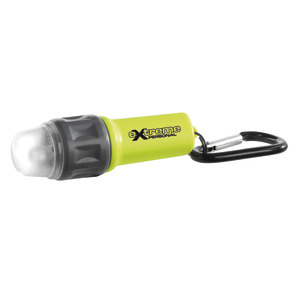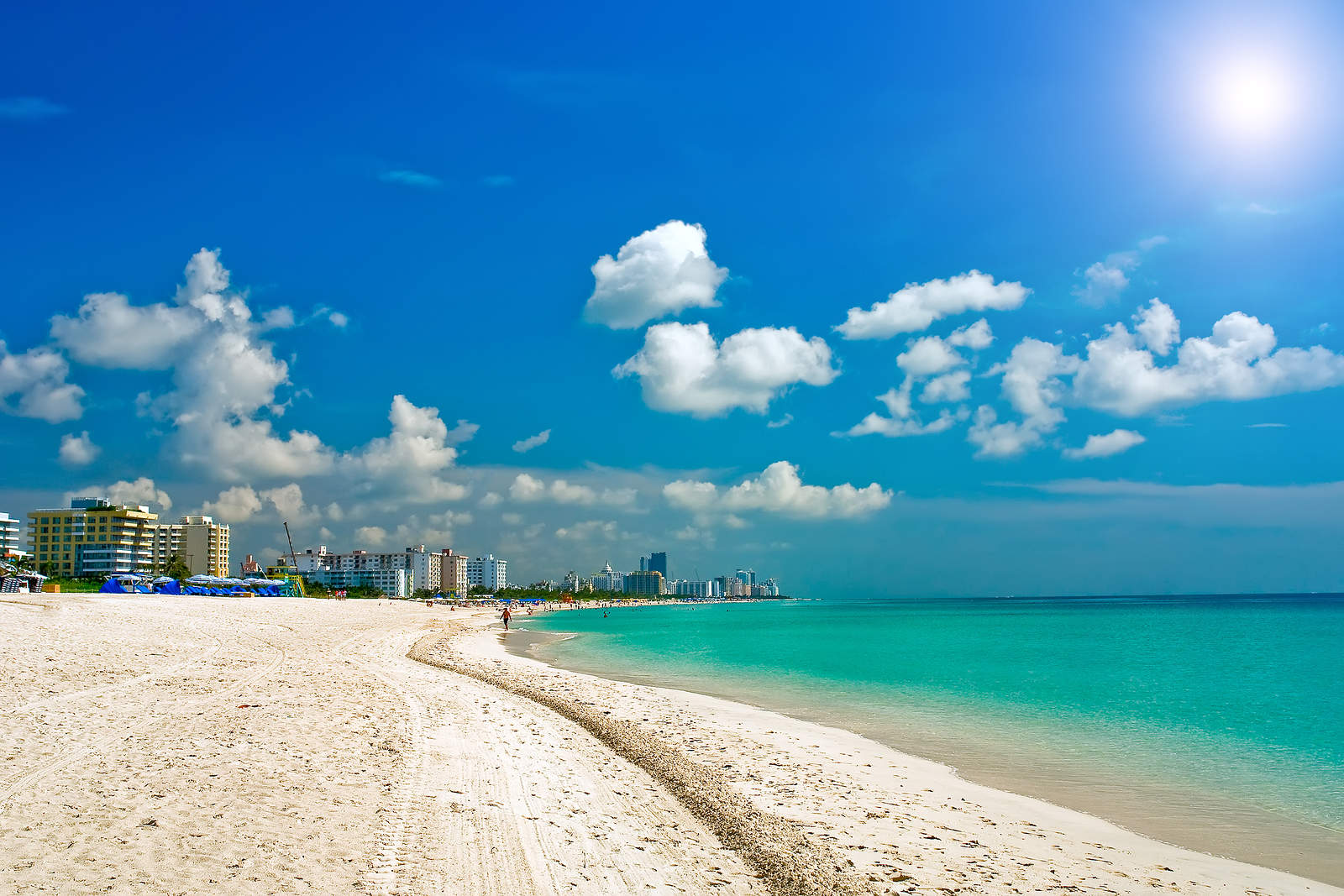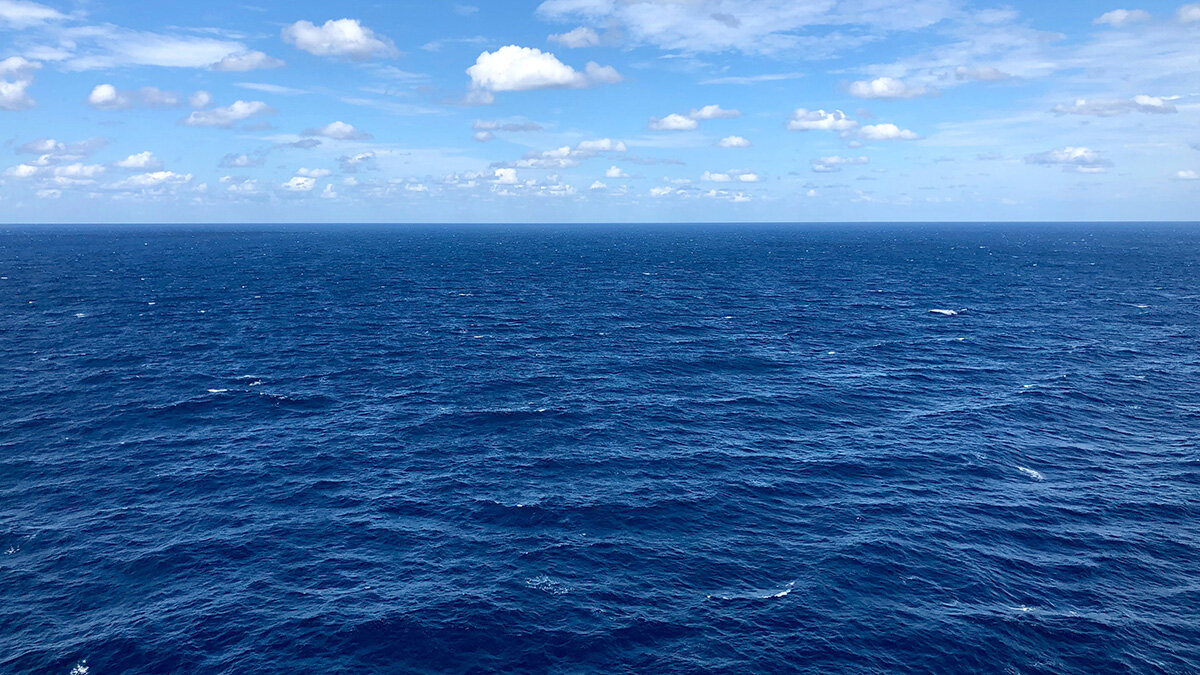Nonlinear effects of wind on Atlantic ocean circulation
4.8 (338) · € 22.50 · En Stock
The Atlantic Meridional Overturning Circulation (AMOC) is a system of ocean currents that transports warm, salty water from the tropics to the northern Atlantic. As the water cools, it becomes denser and sinks, in a process known as overturning. The cold deep water then flows back toward the equator. This process of transportation plays a critical role in Earth
The Atlantic Meridional Overturning Circulation (AMOC) is a system of ocean currents that transports warm, salty water from the tropics to the northern Atlantic. As the water cools, it becomes denser and sinks, in a process known as overturning. The cold deep water then flows back toward the equator. This process of transportation plays a critical role in Earth's climate.
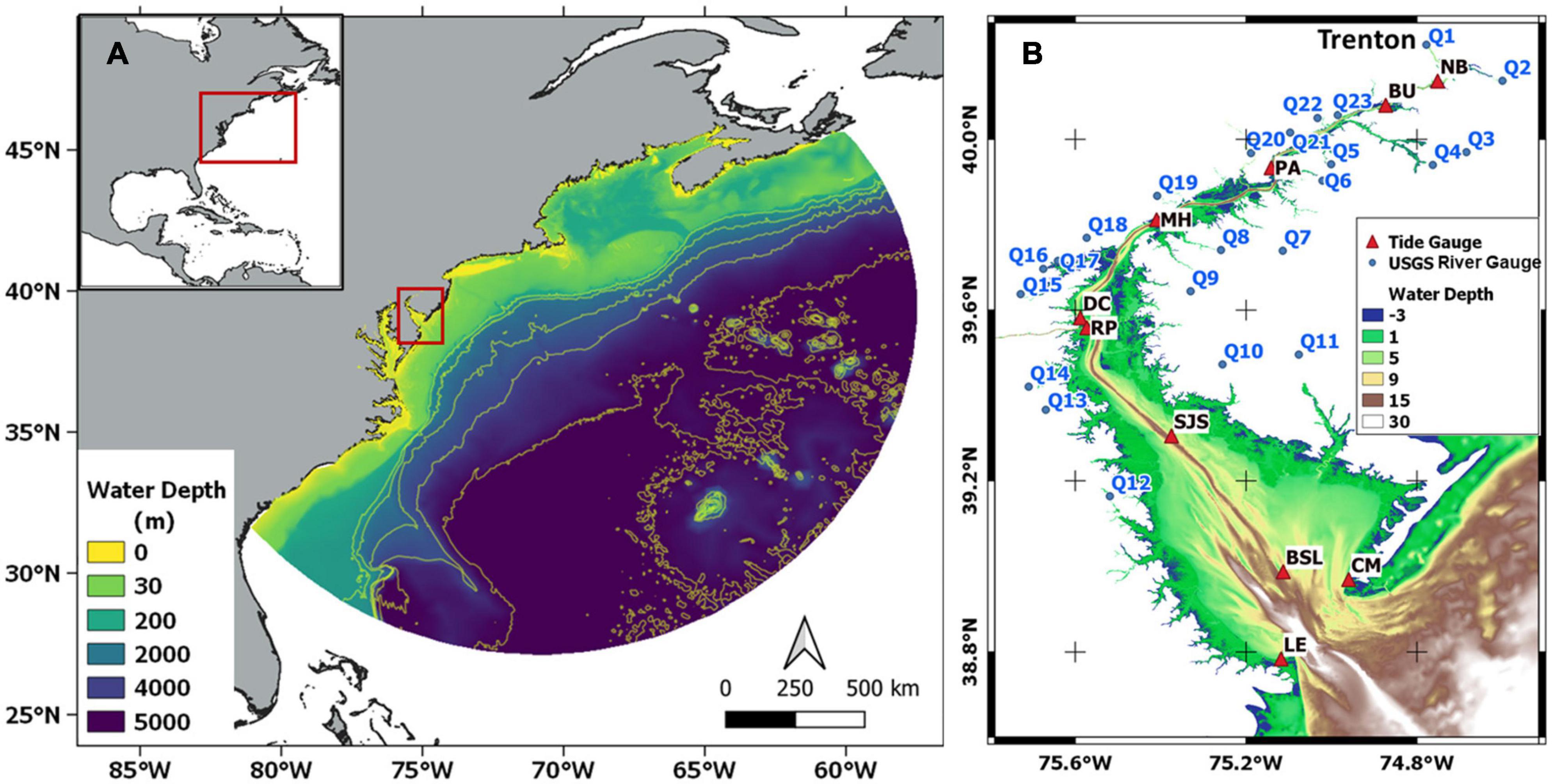
Frontiers Characterizing the Non-linear Interactions Between Tide, Storm Surge, and River Flow in the Delaware Bay Estuary, United States

Threshold in North Atlantic-Arctic Ocean circulation controlled by the subsidence of the Greenland-Scotland Ridge

The Effect of Northern Hemisphere Winds on the Meridional Overturning Circulation and Stratification in: Journal of Physical Oceanography Volume 48 Issue 10 (2018)
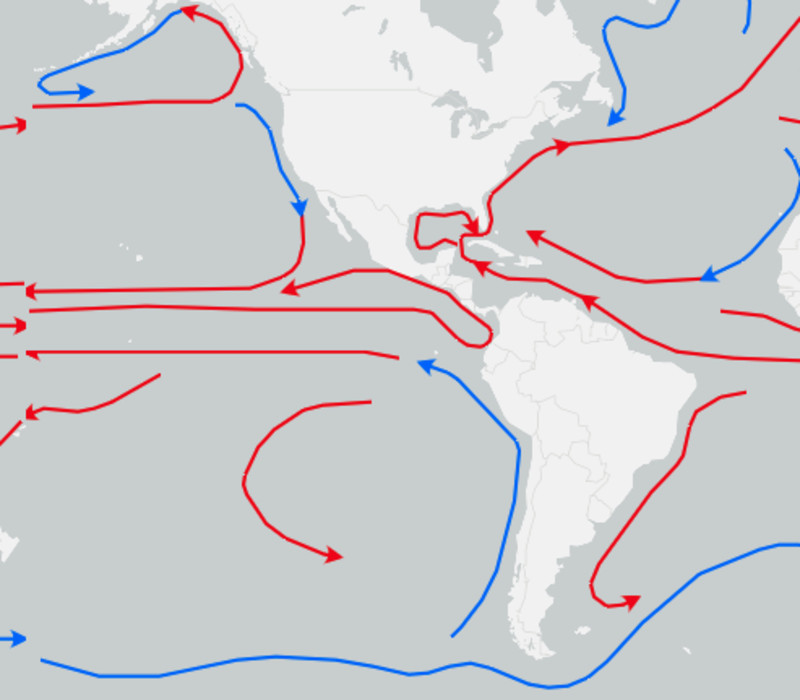
Ocean Currents and Climate
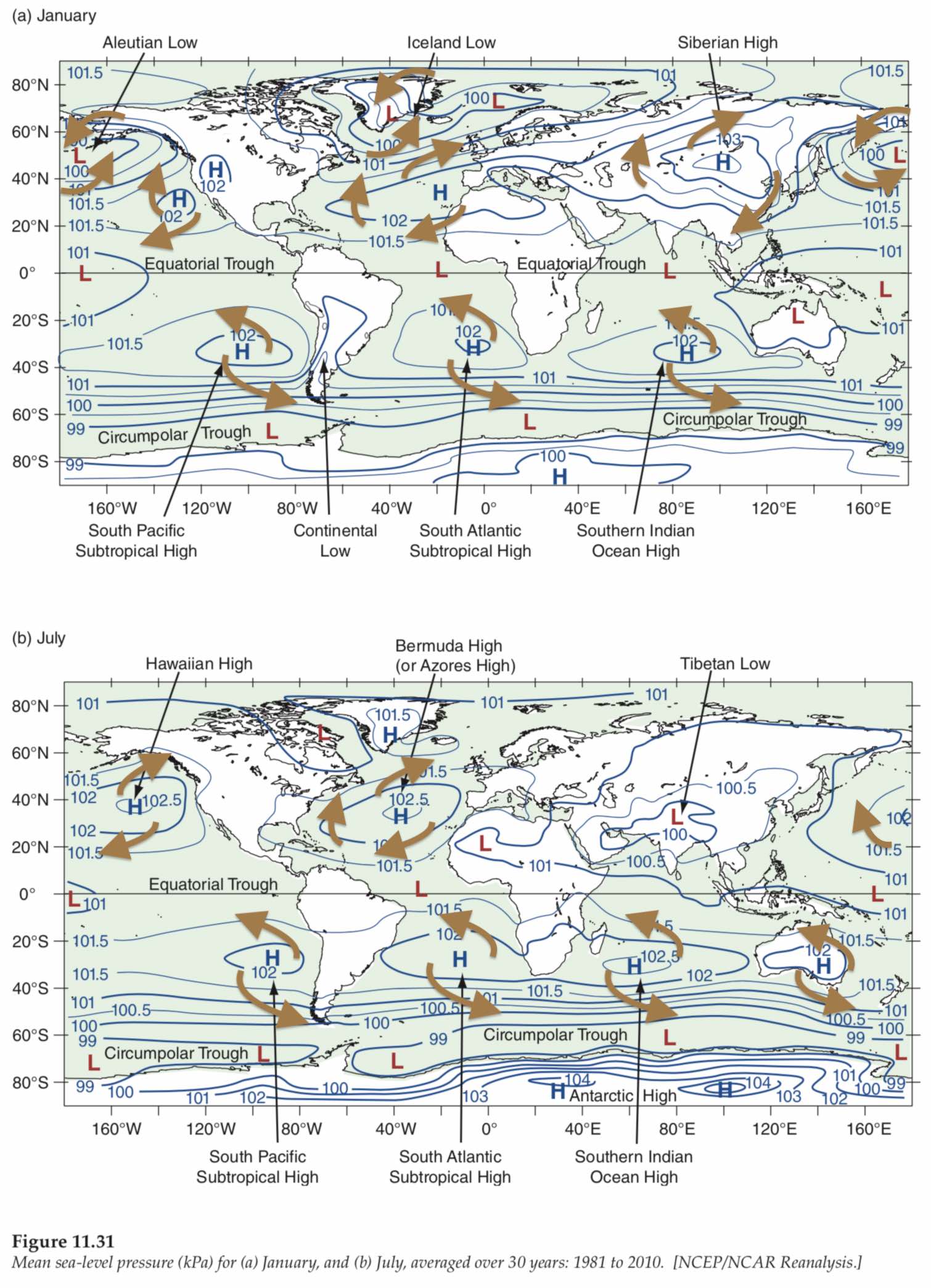
Global Ocean Surface Currents
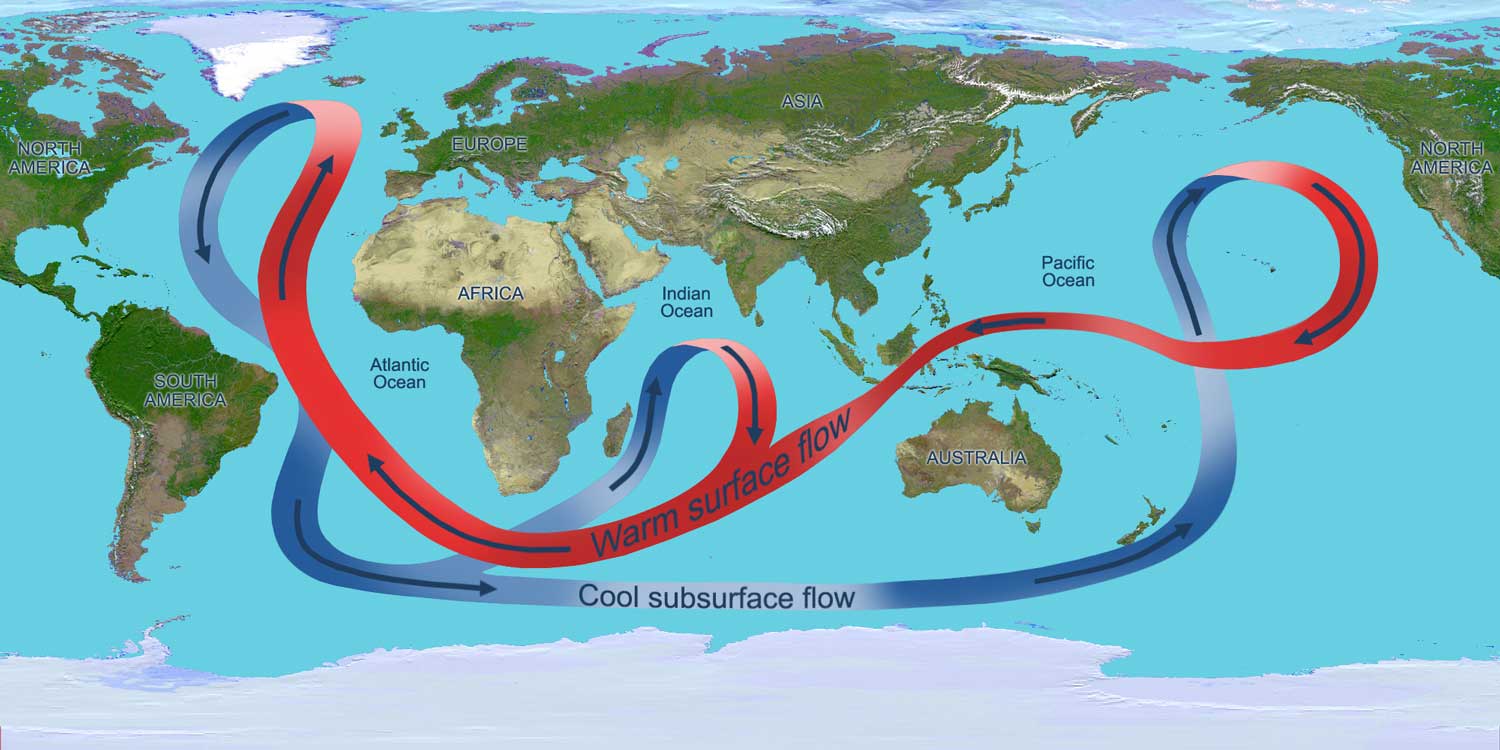
Ocean circulation - Understanding Global Change

Plio-Pleistocene deep-sea ventilation in the eastern Pacific and potential linkages with Northern Hemisphere glaciation
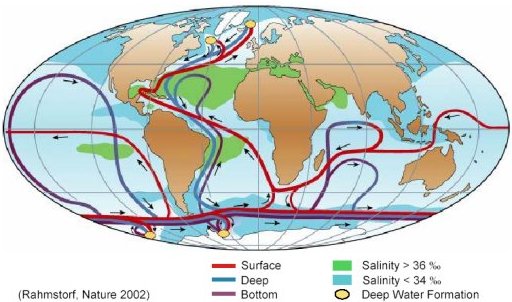
Thermohaline Circulation - Fact Sheet by Stefan Rahmstorf

The Effect of Northern Hemisphere Winds on the Meridional Overturning Circulation and Stratification in: Journal of Physical Oceanography Volume 48 Issue 10 (2018)
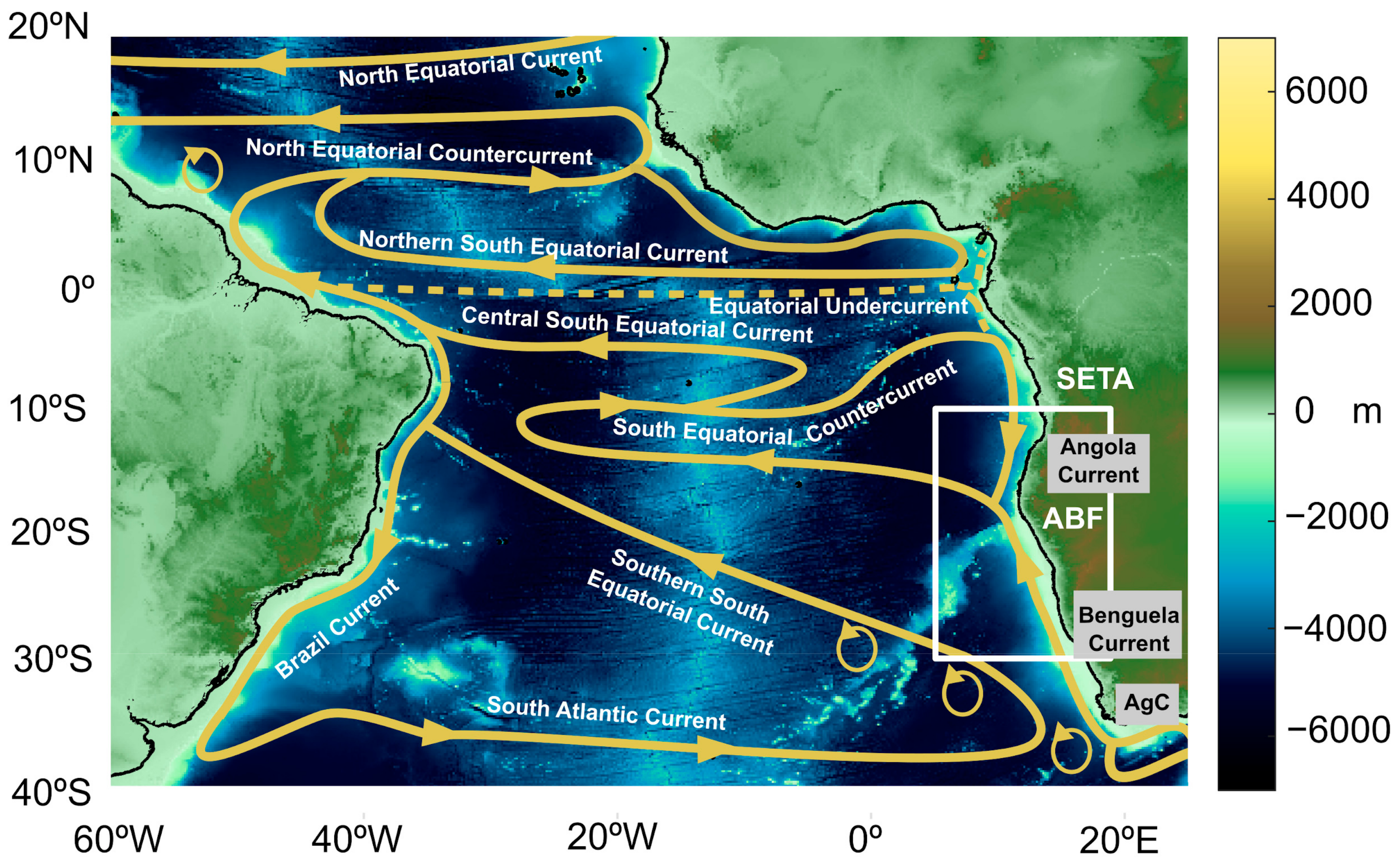
Atmosphere, Free Full-Text
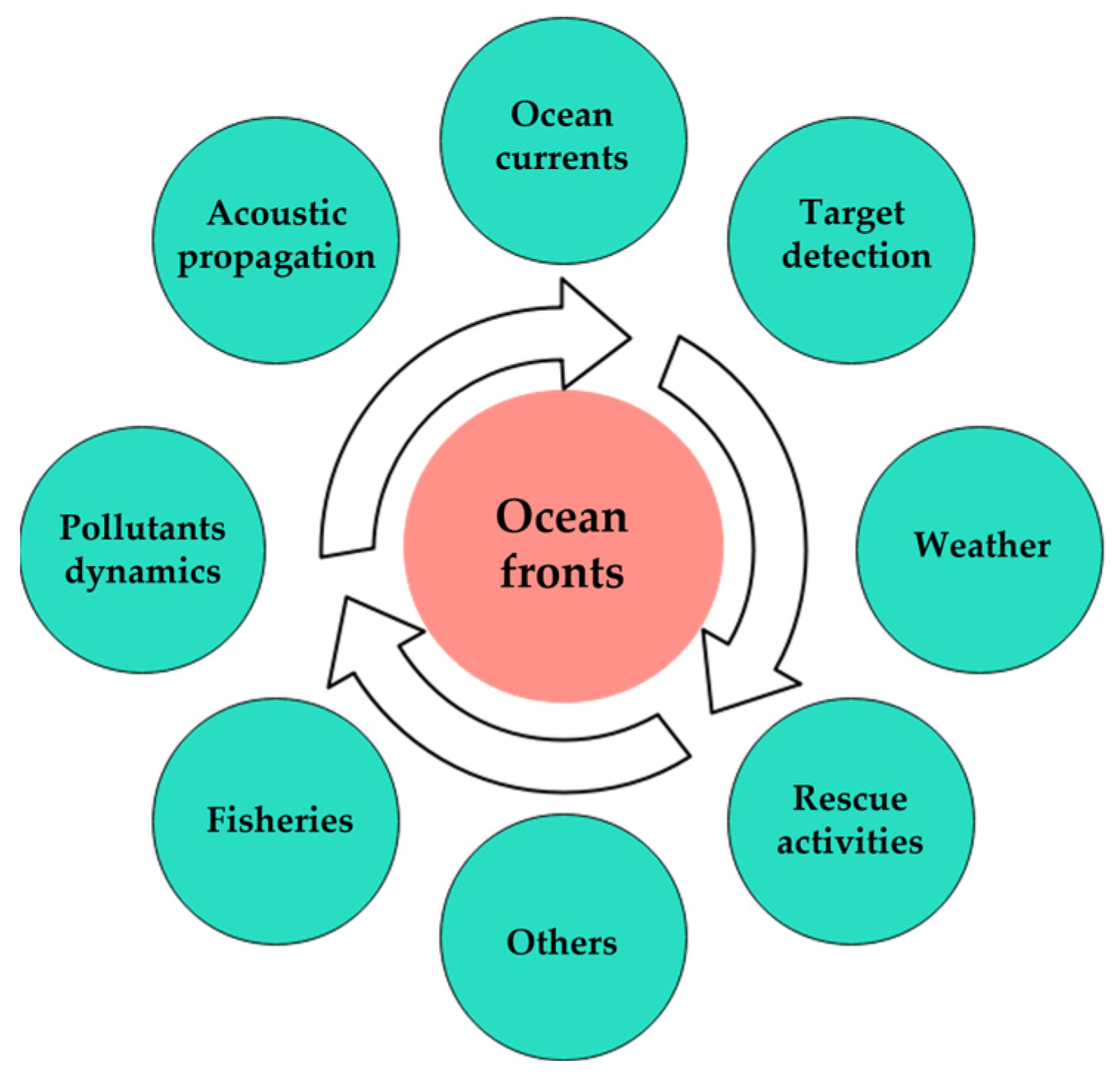
JMSE, Free Full-Text
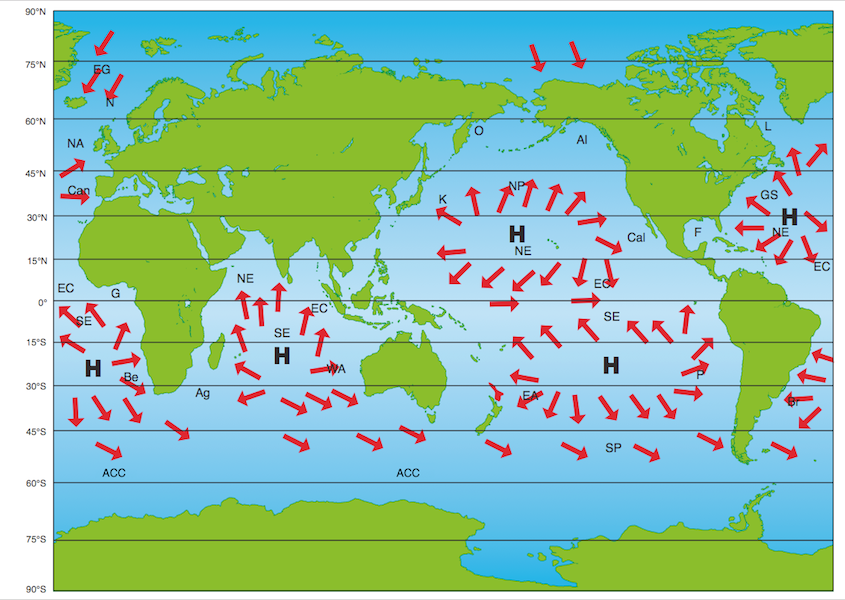
Ocean Surface Currents /ExploringOurFluidEarth
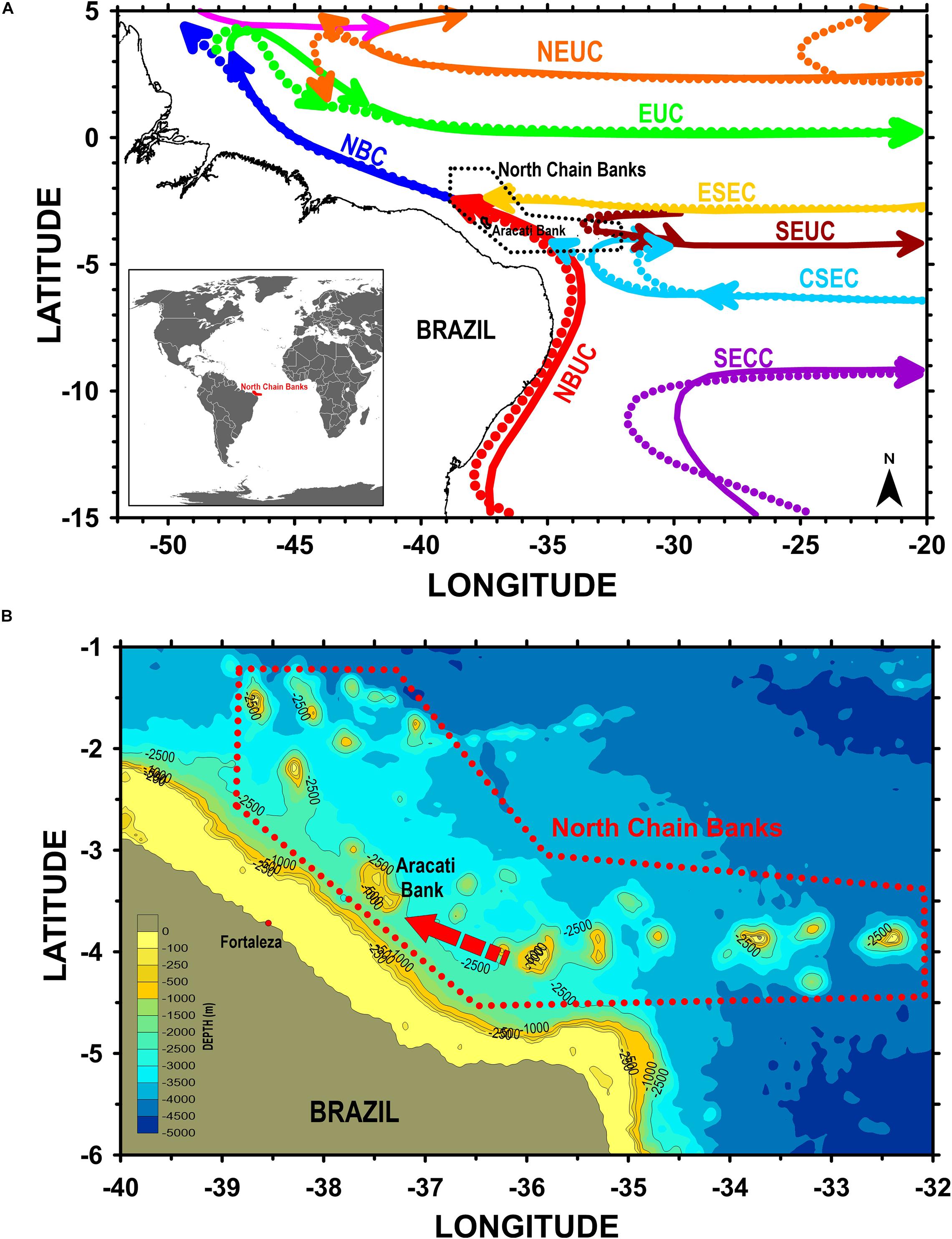
Frontiers Ocean Dynamics and Topographic Upwelling Around the Aracati Seamount - North Brazilian Chain From in situ Observations and Modeling Results

